The following is an excerpt from “Plein Air Techniques for Artists” by Aimee Erickson, shared with the permission of the artist and publisher, Rockport Publishers.
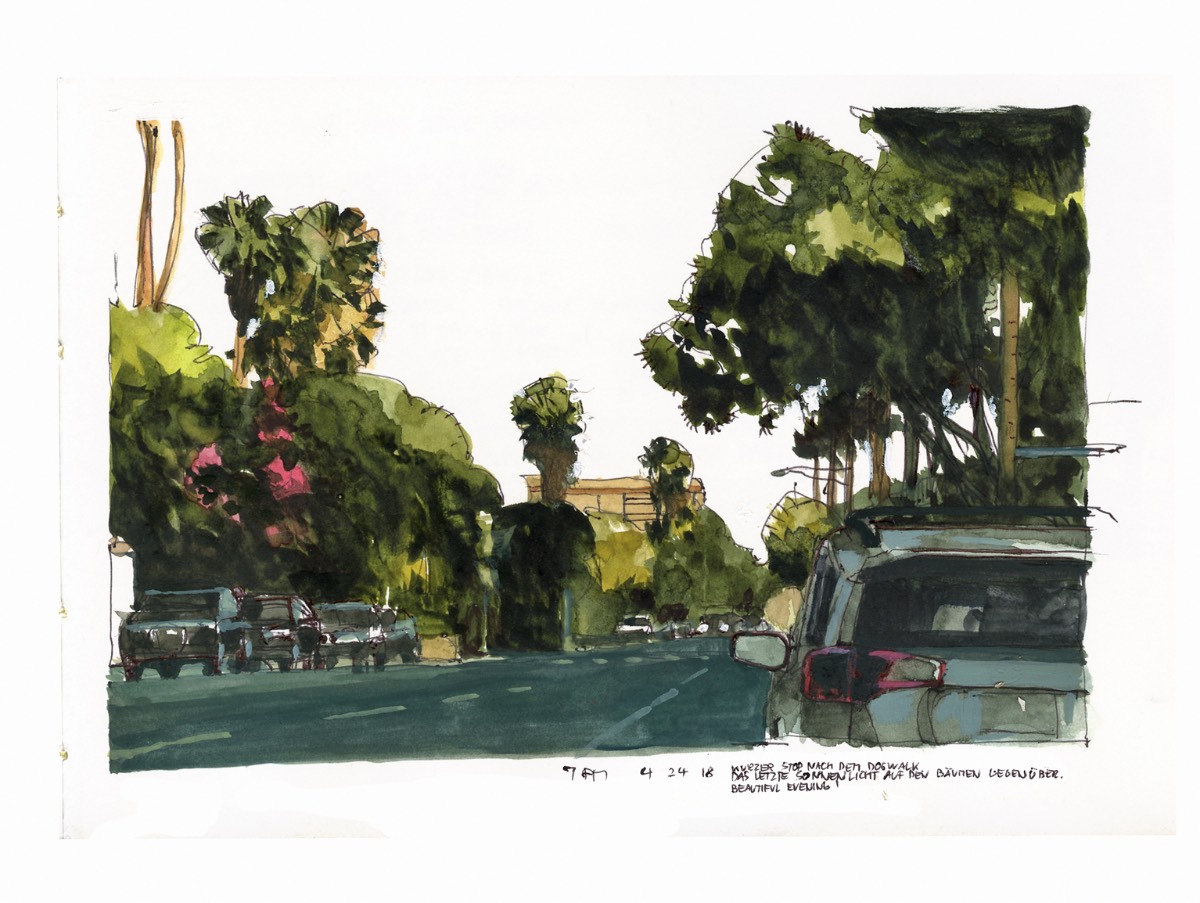
paper, 5 x 7 in.
“Watercolor is well-suited to outdoor work,” says Aimee Erickson. “It dries quickly, so the finished paintings are easy to pack and transport. Generally, watercolor paintings take less time than the other media. The white areas in watercolor are untouched paper, meaning there needs to be a plan—a pencil drawing—at the start that identifies those areas.”
PLEIN AIR WATERCOLOR KIT
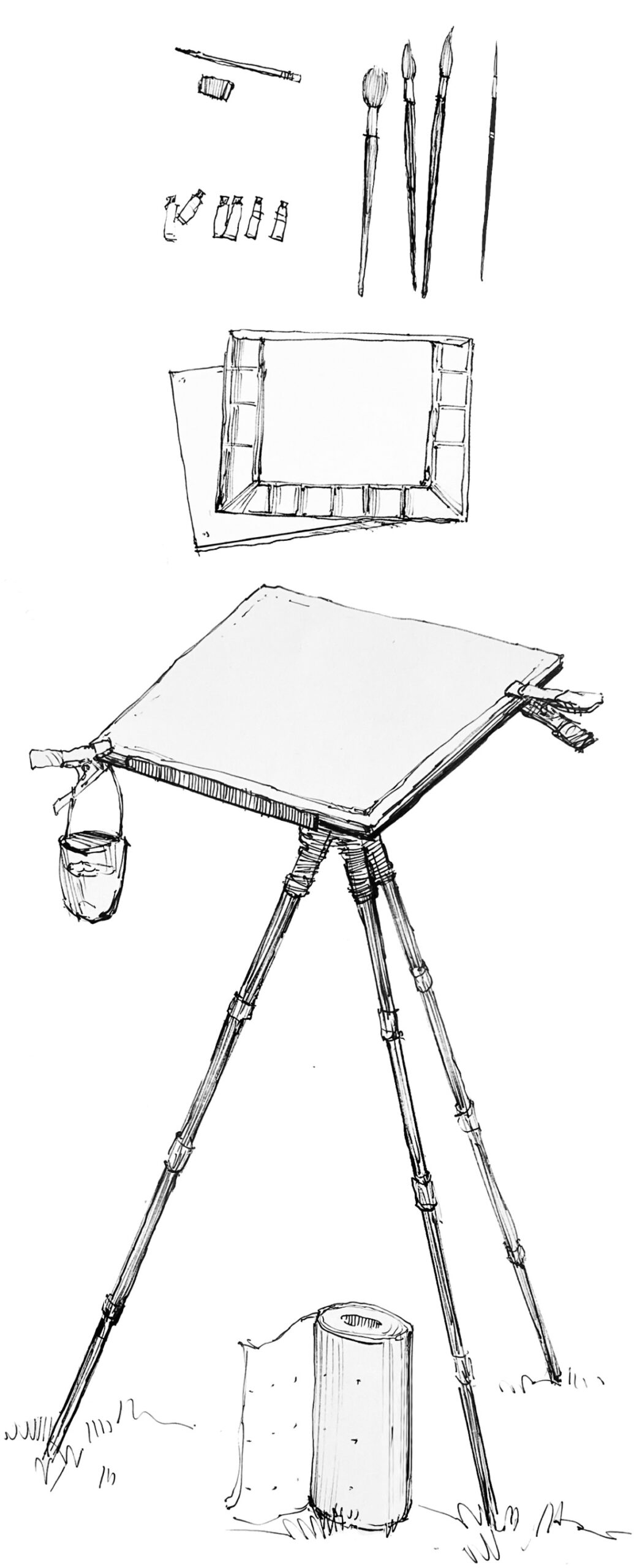
1 No. 2 pencil (a mechanical pencil is nice because it doesn’t need sharpening) and a kneaded eraser
2 Paint
3 Brushes. Good brushes hold a lot of water and come to a nice point. You’ll need one big mop brush, a couple of middle-sized brushes, and a rigger.
4 Palette. The palette should have deep wells and a big mixing area.
5 Paper. A watercolor pad of paper, sketchbook, or loose sheets; paper quality makes an enormous difference in the behavior of watercolors. (If you use loose sheets, you’ll also need a board and a roll of artist’s tape.)
6 A tripod with an adjustable tabletop/pad (so you can control gravity’s effect on a wet wash).
SKETCHBOOK WATERCOLORS

“A sketchbook and a small set of watercolors with a collapsible brush make up the entirety of my painting kit when I want to travel light. At right is my sketchbook from a 2003 cross-continental bicycle tour. I kept it in my handlebar bag so I could sketch whenever I wanted.”
For more basic watercolor info, join us for Watercolor Live: Essential Techniques Day on January 23, 2024!

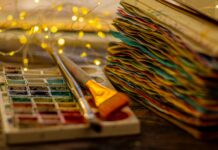
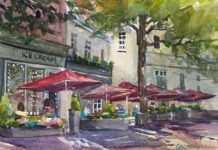
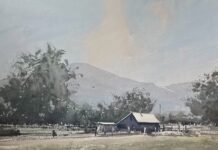




I look forward to following this site. So much great information!